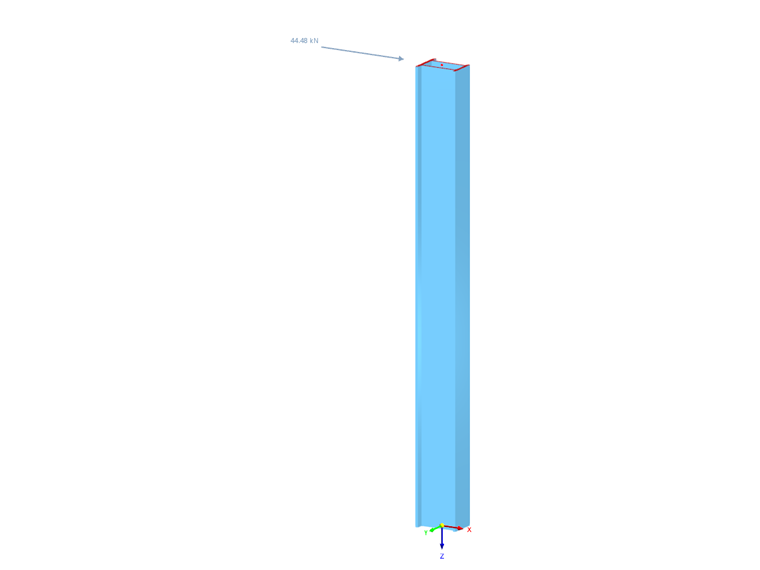A load case relation describes rules according to which certain load cases have to be considered in the load combinations. This way, you can define the load cases that either always occur together or are mutually exclusive.
Inclusive Load Cases
In the "Selected Load Cases" column, enter the number of the load case that always acts together with one or more load cases. When you click the text box, this button appears:
![]() . Use it to select the load case in a separate dialog box.
. Use it to select the load case in a separate dialog box.
Select the load case, then click the button
![]() . Alternatively, you can take the load case to the "Assigned Objects" list.
. Alternatively, you can take the load case to the "Assigned Objects" list.
In the "Combine only together with Load Cases" column, enter the numbers of the load cases that should only be considered as occurring together with the selected load case in the action combinations.
You can describe several dependencies in the rows of the table.
Exclusive Load Cases
To reduce the number of created load combinations, you can subsequently classify load cases as mutually exclusive. Define the load cases that never occur together in the "Selected Load Cases" and "Not to Combine with Load Cases" columns as described above.
The following model shows a column with full and reduced wind loading. By means of relations defined between wind load cases and permanent load, it is possible to create the corresponding load combinations in two design situations.

.png)

